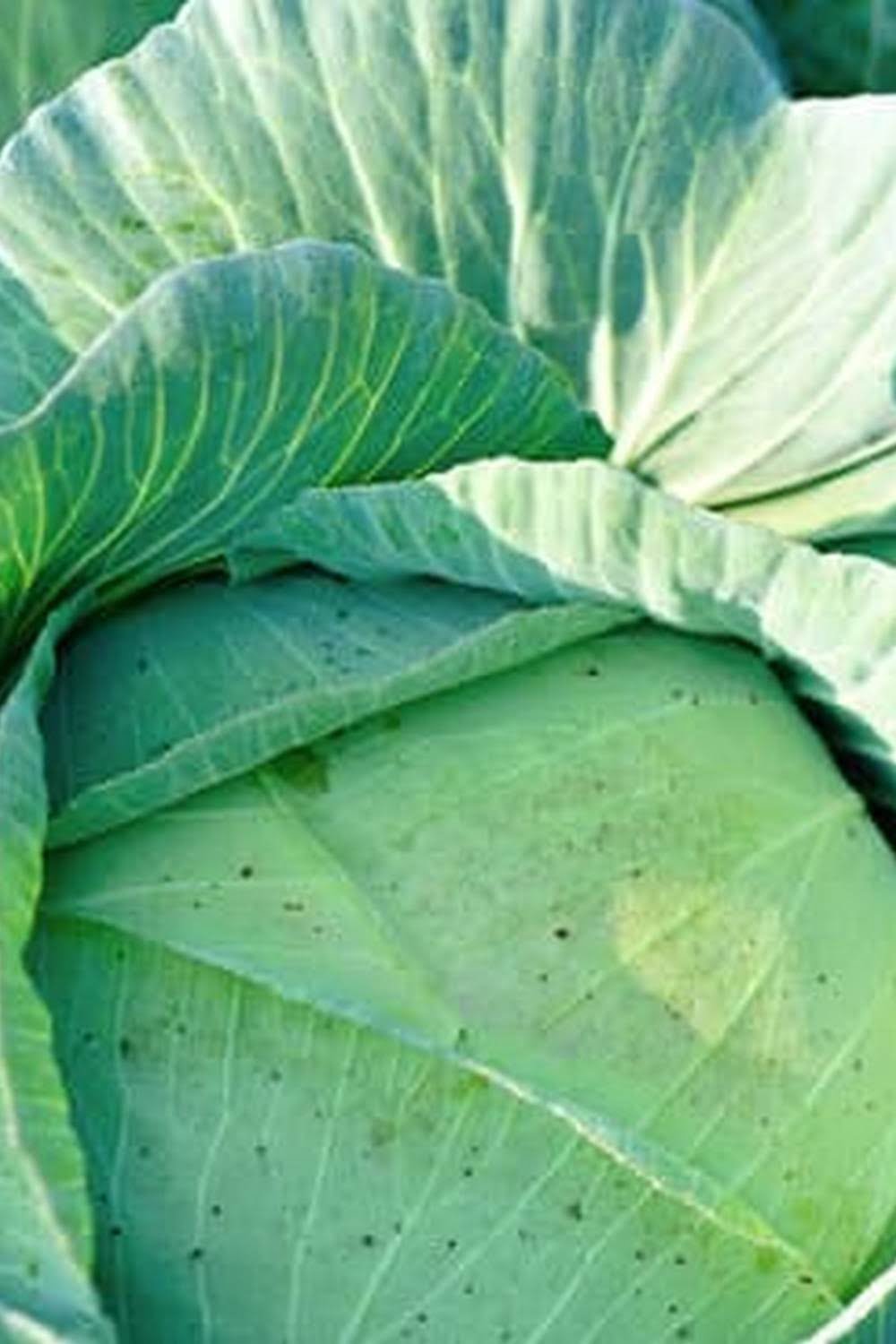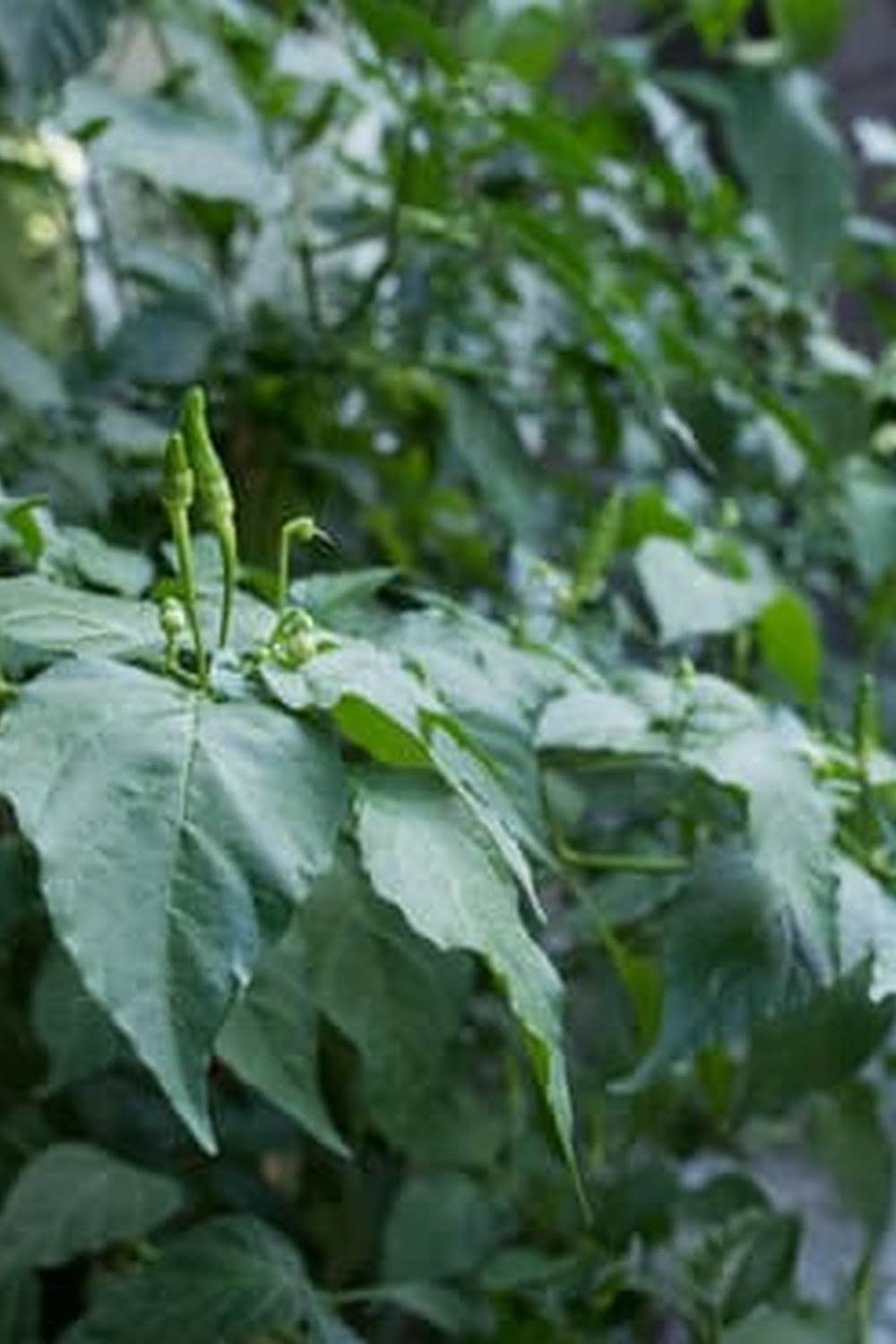Are you wondering how deep vegetable gardens should be to ensure a bountiful harvest? The depth of your soil plays a crucial role in the success of your vegetable garden.
In this article, we will explore the significance of soil depth in vegetable gardening, provide guidance on choosing the right container or raised bed depth, and delve into specific depth requirements for various vegetables. Understanding the role of root depth, factors affecting soil depth, and tips for improving soil depth in existing gardens will also be discussed.
So, how deep do vegetable gardens need to be to thrive? The answer depends on various factors such as the types of vegetables being grown, the type of container or raised bed used, and the environmental conditions. Different vegetables have different root system requirements, so it’s essential to consider these needs when determining soil depth.
When it comes to container or raised bed gardening, choosing the right depth is critical for providing enough room for roots to grow and ensuring adequate moisture retention. Additionally, understanding the factors that affect soil depth and learning how to improve it in existing gardens are important aspects that will be covered in this comprehensive guide. Let’s dive into everything you need to know about soil depth in vegetable gardens.
Choosing the Right Container or Raised Bed Depth
The depth of a container or raised bed is crucial when it comes to growing vegetables. Choosing the right depth will ensure that the plants have enough room for their roots to grow, resulting in healthy and productive harvests. Here are some factors to consider when determining the depth of your vegetable garden containers or raised beds:
- Size of the plant: Consider the mature size of the vegetables you plan to grow. Some vegetables, like tomatoes and peppers, have deep root systems and require deeper containers or beds, while others, such as lettuce and spinach, have shallower roots and can thrive in smaller depths.
- Soil drainage: Deeper containers or beds allow for better drainage of excess water, preventing waterlogging which can lead to root rot. Ensure that the depth is sufficient to provide proper drainage for your vegetable plants.
- Aeration and temperature regulation: Deeper soil allows for better aeration and helps regulate soil temperature, which is important for the overall health of your vegetable garden.
When choosing the right container or raised bed depth for your vegetable garden, it’s important to consider these factors to ensure optimal growth and productivity of your plants.
– When considering container gardening or raised bed gardening, keep in mind that most vegetables require a minimum of 6-12 inches of soil depth to thrive. However, deeper-rooted crops like carrots or potatoes may need up to 18 inches or more in a container or raised bed. Always research the specific needs of each vegetable you plan to grow before determining the depth of your gardening setup.
Depth Requirements for Specific Vegetables
When planning a vegetable garden, it’s crucial to consider the specific depth requirements for different types of vegetables. This will ensure that the plants have enough space for root development and can access essential nutrients and water in the soil. Here are some general guidelines for the recommended soil depth for specific vegetables:
- Shallower roots: Leafy greens such as lettuce, spinach, and kale typically require a soil depth of around 6-8 inches.
- Moderate roots: Crops like peppers, beans, and peas need a bit more space, with a recommended soil depth of 8-10 inches.
- Deeper roots: For vegetables with deeper roots such as tomatoes, carrots, and potatoes, aim for a soil depth of at least 12 inches or more.
It’s important to keep in mind that these are general guidelines, and certain varieties of vegetables may have specific depth requirements. Always check the seed packet or plant label for individual recommendations to ensure optimal growth.
In addition to considering the depth requirements for specific vegetables, it’s also important to understand that some crops may have different needs during various stages of their growth. For example, while lettuce starts off with shallow roots, it may develop deeper roots as it matures. Therefore, providing adequate soil depth from the beginning can support healthy root development throughout the plant’s life cycle.
Understanding the Role of Root Depth
The role of root depth in vegetable gardening is crucial for the overall health and productivity of the plants. Understanding how deep the roots of specific vegetables go can help gardeners make informed decisions when it comes to soil depth and container sizes. Different plants have varying root depths, so it’s essential to take this into consideration for successful gardening.
For example, tomatoes have a relatively deep root system that can reach up to 3 feet deep, while lettuces only require a depth of about 6-12 inches. Carrots, on the other hand, need at least 12 inches of soil depth to accommodate their long taproots. It’s important to research the specific root depth requirements of each vegetable you plan to grow in your garden to ensure that they have enough space to establish a healthy root system.
In addition to providing sufficient space for root growth, adequate soil depth also plays a role in water retention and nutrient uptake. Shallow soils can dry out quickly and may not provide enough room for proper root development, leading to stunted growth and reduced yields. By understanding the role of root depth, gardeners can make informed decisions about soil depth and create optimal conditions for their vegetable crops.
| Vegetable | Root Depth Requirement |
|---|---|
| Tomatoes | Up to 3 feet |
| Lettuces | 6-12 inches |
| Carrots | At least 12 inches |
Factors Affecting Soil Depth in Vegetable Gardens
When considering the soil depth for your vegetable garden, it is important to take into account several factors that can affect the growth and development of your plants. One of the most crucial factors is the type of vegetables you plan to grow, as different plants have varying root depth requirements. It is also essential to consider the type of soil in your garden, as well as any existing limitations such as rocky or clay-rich soil.
Another key factor that affects soil depth in vegetable gardens is the available space. If you have limited space for your garden, you may need to make adjustments to accommodate deeper soil for certain types of vegetables. Additionally, the drainage and moisture retention capabilities of your soil will impact how deep your vegetable garden needs to be. Proper drainage is vital for preventing waterlogged soil, while adequate moisture retention ensures that your plants receive sufficient hydration.
The quality and fertility of the soil are also significant factors affecting depth in vegetable gardens. Nutrient-rich soil can support healthy plant growth with shallower depths, while poorer quality soil may require increased depth or amending with organic matter. Understanding these factors will allow you to make informed decisions regarding the optimal soil depth for your vegetable garden and maximize the potential for a successful harvest.
| Factors Affecting Soil Depth | Impact on Vegetable Growth |
|---|---|
| Type of Vegetables | Different plants have varying root depth requirements. |
| Type of Soil | The composition and texture of the soil can affect its ability to support plant growth. |
| Available Space | Limited space may require adjustments in accommodating deeper soils. |
| Drainage and Moisture Retention | Proper drainage and moisture retention capabilities ensure adequate hydration for plants. |
Tips for Improving Soil Depth in Existing Gardens
Amending the Soil
One way to improve soil depth in existing gardens is by amending the soil. This can be done by adding organic matter such as compost, aged manure, or leaf mold to the top few inches of the soil.
These materials will improve the soil’s structure and provide essential nutrients to support healthy plant growth. In addition, adding a layer of mulch on top of the soil can also help retain moisture and prevent erosion, which ultimately contributes to overall soil health.
Using Raised Beds
Another effective method for improving soil depth in existing gardens is by using raised beds. Raised beds allow you to create a deeper growing environment for your vegetables without having to dig down into the existing ground. They also provide better drainage and can help control soil compaction, leading to improved root development and healthier plants. When using raised beds, it’s important to choose a suitable depth based on the specific vegetable crops you plan to grow.
Vertical Gardening
For gardeners with limited space or shallow soil, vertical gardening can be an excellent alternative for improving soil depth. Vertical gardening involves growing vegetables upwards instead of outwards, using structures like trellises, stakes, or cages. By utilizing vertical space, gardeners can maximize their planting area and encourage plants with shallow root systems to thrive. This method not only optimizes space but also enhances air circulation and sunlight exposure for better overall plant growth.
Best Practices for Maintaining Adequate Soil Depth
Regular Soil Testing and Amendment
Maintaining adequate soil depth in vegetable gardens begins with regular soil testing and amendment. By testing the soil, gardeners can determine the nutrient levels and pH balance, allowing them to make informed decisions about the type and amount of soil amendments needed. Adding organic matter such as compost or well-rotted manure is an effective way to improve soil depth and quality, providing essential nutrients for healthy plant growth.
Proper Mulching Techniques
Mulching is another best practice for maintaining adequate soil depth in vegetable gardens. Applying a layer of mulch around plants helps retain moisture, reduce weed growth, and regulate soil temperature. As mulch breaks down over time, it also contributes to building up the soil depth by adding organic matter. However, it’s important to apply mulch properly to prevent it from suffocating plant roots or introducing disease to the garden.
Implementing Crop Rotation
Crop rotation is a key strategy for maintaining adequate soil depth in vegetable gardens over time. When different types of vegetables are grown in succession on the same plot of land, it helps prevent depletion of specific nutrients from the soil.
In addition, rotating crops with varying root depths can further contribute to improving overall soil structure and depth. This practice also reduces the risk of pest and disease infestations that can affect specific vegetable varieties when grown repeatedly in the same location.
Common Mistakes to Avoid When Determining Soil Depth for Vegetable Gardens
In conclusion, the depth of soil in vegetable gardens is a critical factor that directly impacts the health and productivity of the plants. It is essential to consider the specific needs of different vegetables when determining the appropriate soil depth for planting. Additionally, understanding the role of root depth and how it varies among plant species is crucial for successful garden planning.
One common mistake to avoid when determining soil depth for vegetable gardens is underestimating the necessary space for root development. Failing to provide adequate depth can lead to stunted growth and reduced yields. It’s important to thoroughly research the specific requirements of each type of vegetable being grown and ensure that the chosen containers or raised beds are deep enough to accommodate their root systems.
Another common mistake is overlooking factors that can affect soil depth, such as compaction, drainage, and nutrient levels. These factors can impact the overall health and productivity of the garden, making it essential to address any issues before planting. Regular maintenance and upkeep of the garden can help prevent these problems and maintain adequate soil depth for optimal plant growth.
In summary, by carefully considering the needs of different vegetables, understanding root depth requirements, and addressing potential challenges, gardeners can ensure that their vegetable gardens have sufficient soil depth for healthy and bountiful harvests. Avoiding common mistakes in determining soil depth will contribute to a thriving garden that provides an abundance of fresh produce throughout the growing season.
Frequently Asked Questions
How Deep Should Soil Be for Vegetable Garden?
The ideal depth of soil for a vegetable garden depends on the specific vegetables being grown. In general, a minimum depth of 12-18 inches is recommended to ensure that the plants have enough room to develop healthy root systems and access to water and nutrients.
However, some deep-rooted vegetables like carrots may require deeper soil, while shallow-rooted ones like lettuce can thrive in shallower soil.
How Deep Should a Planter Box Be for Vegetables?
Planter boxes for growing vegetables should ideally be at least 8-12 inches deep. This depth allows for proper root development and ensures that the plants have enough room to grow and access essential nutrients in the soil.
Deeper planter boxes may be necessary for certain types of vegetables, so it’s important to consider the specific needs of the plants being grown.
Can Vegetables Grow in 8 Inches of Soil?
While most vegetables prefer deeper soil for optimal growth, some varieties can still thrive in as little as 8 inches of soil. Shallow-rooted vegetables like lettuce, spinach, and radishes can do well in shallow containers or raised beds with limited soil depth.
It’s important to choose vegetable varieties that are suitable for shallower soil if that is the only option available for gardening. Additionally, ongoing maintenance and proper watering will be crucial for vegetables growing in shallower soil to ensure their health and productivity.

If you’re looking to get into vegetable gardening, or are just looking for some tips on how to make your current garden better, then you’ve come to the right place! My name is Ethel and I have been gardening for years. In this blog, I’m going to share with you some of my best tips on how to create a successful vegetable garden.





